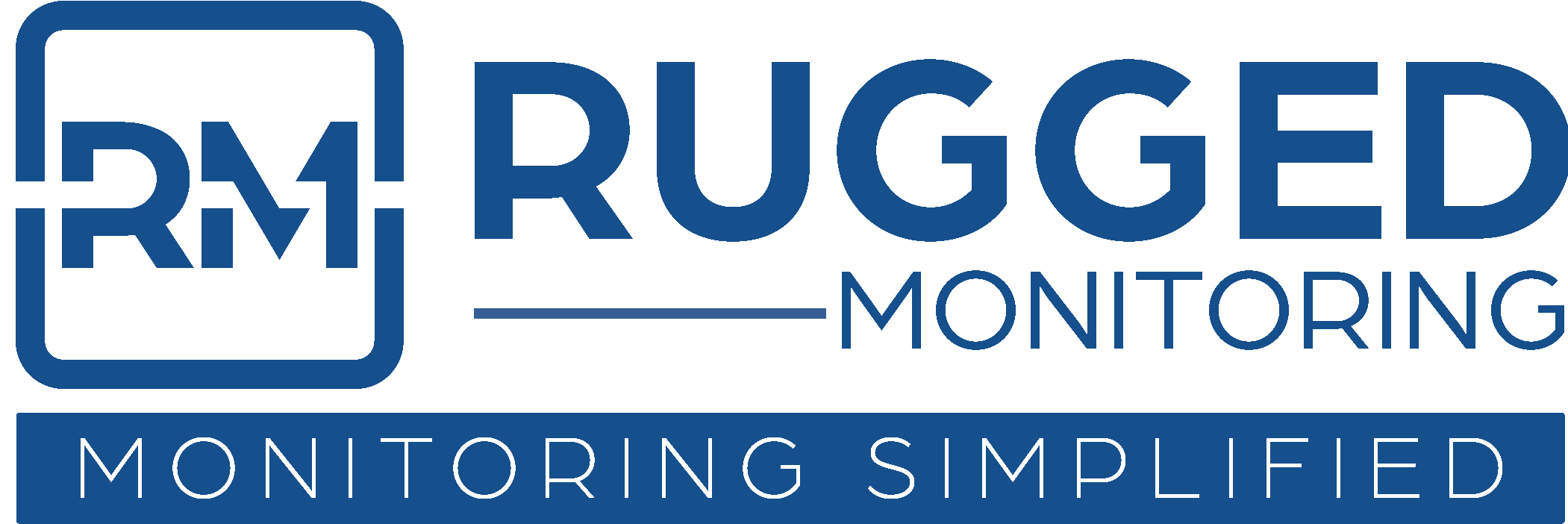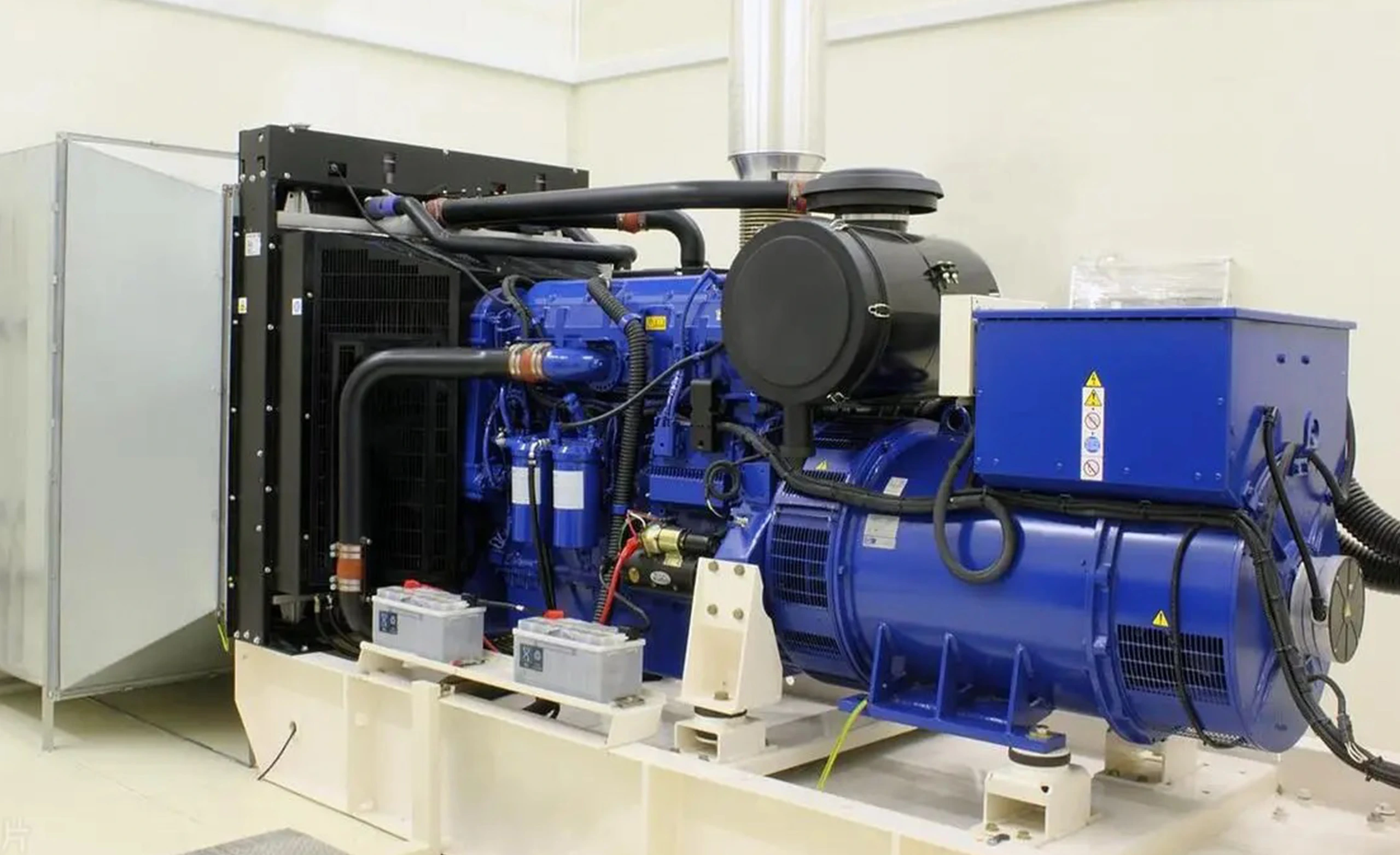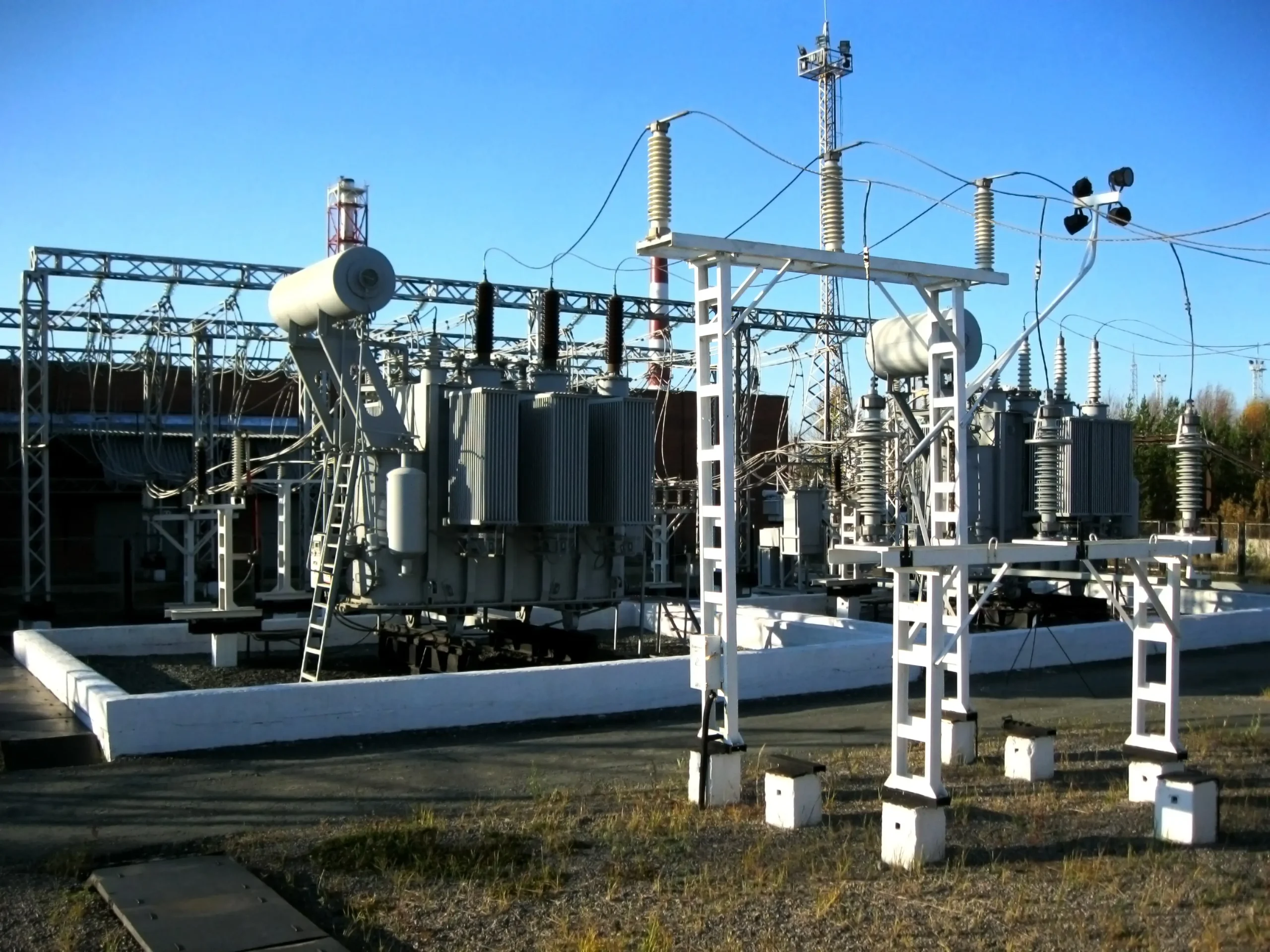As artificial intelligence (AI) evolves, so do cyberattacks, further increasing the demand for cybersecurity in electrical asset monitoring. These mission-critical assets play a major role in establishing a stable and reliable power supply of AI-powered digital substations across various sectors, including renewable energy, oil & gas operations, data centers, and EV charging infrastructure. However, this heightened demand also exposes them to significant vulnerabilities such as unauthorized access, data breaches, and physical attacks. All these pose risks to power continuity and can lead to substantial financial and operational ramifications.
While many condition monitoring and AI-driven Asset Performance Management (APM) solutions incorporate enhanced cybersecurity measures, a key challenge remains in striking a balance between security expenditures and operational efficiency. As a result, organizations are increasingly investing in monitoring solutions that effectively integrate reliable condition monitoring with robust cybersecurity features. Evidence suggests that this multifaceted strategy is most effective as it emphasizes layered defense mechanisms, adhering to regulatory compliance for safeguarding assets, data protection, and real-time threat detection capabilities.
In this blog, we will explore the increasing demand for cybersecurity in electrical asset condition monitoring.
The Cost of Cybersecurity in Electrical Asset Monitoring
Implementing robust cybersecurity measures should be an ongoing investment for businesses, given the potential risks to their electrical asset data. Advanced condition monitoring and AI-driven Asset Performance Management (APM) solutions often include enhanced security features, but their costs can strain budgets. The real task is finding a way to protect critical infrastructure without compromising the efficiency that keeps power flowing. This has led to a growing trend:
Organizations are now seeking a one-stop shop solution that delivers both reliable asset monitoring and strong cybersecurity in a single package, streamlining efforts and optimizing resources.
Why the Growing Demand for Integrated Monitoring and Cybersecurity Solutions?
To meet the demanding need for efficiency and security, many operators are turning to systems that integrate cybersecurity in electrical asset condition monitoring. The digitalization of substations, including artificial intelligence, saw investments of USD 40 billion in 2019, up 14%, with cybersecurity spending in energy IT expected to rise from USD 19 billion in 2020 to USD 32 billion in 2028, though only about 7% (USD 1.3 billion in 2020) is security-related Enhancing Cyber Resilience in Electricity Systems.
This highlights the importance of striking a balance between investment in security and reliability.
Such solutions adopt a layered approach, incorporating regulatory compliance, data protection, and real-time threat detection. By combining these elements, operators can maintain the health and performance of their electrical assets while simultaneously guarding against cyber risks. This integration provides a practical solution to address both operational and security needs without overburdening resources.
What are some key measures for cybersecurity in electrical asset monitoring that all operators must follow?
Protecting digital substations requires a multi-faceted strategy. Below are the critical layers of defense that work together to secure these vital systems.
Physical Security: The First Line of Defense
Physical breaches can be just as disruptive as digital ones. Robust physical security measures are essential to prevent damage to infrastructure and ensure uninterrupted power supply. These include:
- Round-the-clock surveillance systems to monitor activity in and around the substation.
- Access control systems and protocols to restrict entry to authorized personnel only.
- Intrusion detection systems to alert teams to any unauthorized attempts to breach the facility.
Network Security: Safeguarding Communications
With substations relying heavily on digital networks, securing communications is a top priority. A defense-in-depth strategy helps protect against data breaches and unauthorized access. Key practices include:
- Secure architecture design for AI-driven APM to ensure real-time data is safely transferred to centralized databases.
- Advanced firewall configuration and management to block malicious traffic.
- Deployment of Intrusion Detection and Prevention Systems (IDS/IPS) to identify and stop threats.
- Zero-trust networking and micro-segmentation, meaning no user or device is trusted by default.
- Use of secure communication protocols like IEC 61850 and DNP3.
- Encryption and role-based authentication to protect all communications.
Endpoint Security: Protecting Critical Interfaces
Endpoints, such as SCADA systems, IoT sensors, and edge devices, bridge the gap between physical operations and digital controls. Securing them is crucial and involves:
- Asset discovery and management to keep a detailed inventory of all connected devices.
- Antivirus, anti-malware, and anti-ransomware software for real-time threat detection and neutralization.
- Regular data backups to enable quick recovery in the event of an attack.
- Device and system hardening to reduce vulnerabilities by disabling unnecessary services and enforcing strong authentication.
- Application whitelisting allows only approved software to run on systems.
OT System Security: Adaptable Protection for Critical Systems
Operational Technology (OT) systems, including IoT sensors, edge devices, and AI-driven Asset Performance Management (APM) platforms, require specialized defenses. These systems are often designed with performance in mind rather than security, making them prime targets. Protective measures include:
- Zero-trust policies in AI-enabled OT environments require authentication and access controls for every device.
- Secure remote access with strong encryption (e.g., AES-256) and multi-factor authentication (MFA).
- Role-based access control (RBAC) limits permissions to what’s necessary for each role.
- Specialized OT cybersecurity tools, like AI-enabled next-generation firewalls (NGFW) and network segmentation.
- Continuous monitoring and incident response using systems like Security Information and Event Management (SIEM) to detect and address threats quickly.
The Role of Policies and Incident Response
But is technology alone enough?
No, effective cybersecurity hinges on solid policies and preparedness. Developing and enforcing clear cybersecurity in electrical asset condition monitoring ensures consistent protection across operations. Equally important are incident response plans, which enable swift and efficient action in the event of disruption. A well-prepared response can minimize downtime and prevent minor issues from escalating into major outages.
A Multi-Layered Approach for the AI- Powered Environment
Cyber threats aren’t standing still; they’re evolving in tandem with technology. To stay ahead, a multi-layered approach is non-negotiable. By integrating robust cybersecurity in electrical asset monitoring, businesses are not only protecting critical infrastructure but also supporting the growing demand for a secure, reliable power supply in an increasingly AI-driven world.





